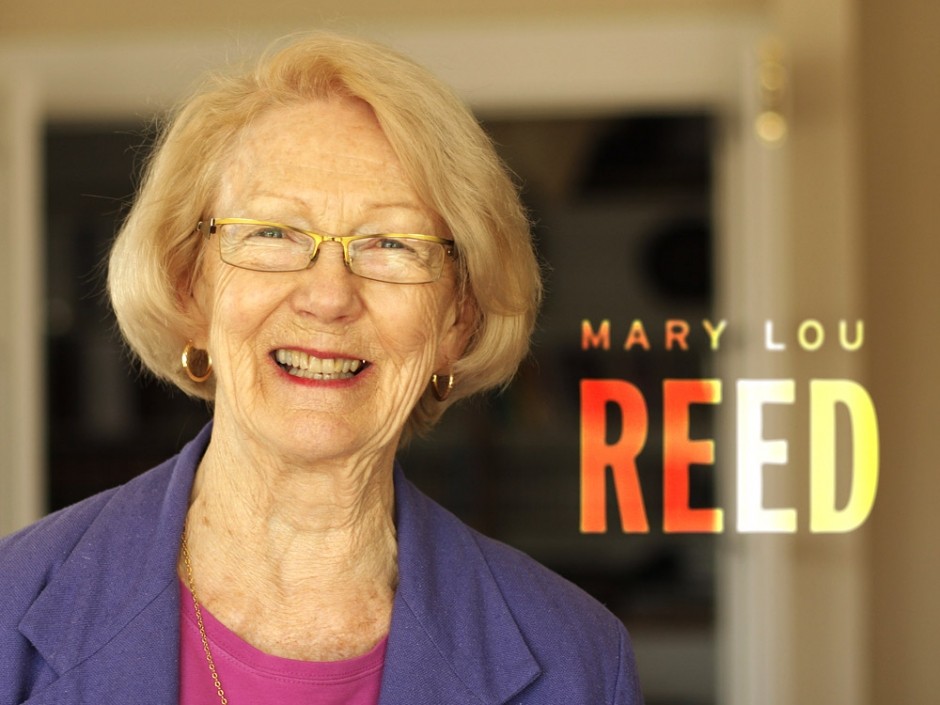An old Frank Sinatra song puts the American Dream to music: “You could be better off than you are, you could be swinging on a star.” But stars to swing on are not in the skies of the 31,000 Idaho workers who eke out a living on jobs paying the $7.25-an-hour minimum wage here.
At that rate, one employee working full time will only pull in $15,080 a year. The result is a borderline poverty-level existence and eligibility for food stamps — that is, if the U.S. Senate restores the food stamps that the House of Representatives just voted away.
Idaho, along with several other states, raises the minimum wage only when Congress chooses to do so. President Franklin Delano Roosevelt set the first minimum wage in 1938, at a mere 25 cents an hour.
The $7.25-an-hour rate, set by Congress in 2009, has rapidly become outdated. The Bureau of Labor Statistics says that adjusted for inflation, FDR’s two-bit minimum would now translate into $10.56 an hour.
In his 2013 State of the Union speech, President Obama announced support for bringing the national minimum wage up to at least $9 an hour. In March of this year, House Republicans unanimously shot down a measure to raise the minimum wage to $10.10. It’s still a political football to be tossed around.
Here in Idaho, community activist Anne Nesse is leading the charge to put an initiative on the 2014 ballot to raise the Idaho minimum wage to $8.10 by 2015 — scarcely a radical request. The initiative campaign is striving to collect 84,000 Idaho voter signatures by April of next year to assure the measure is on the November 2014 ballot.
That goal presents an enormous challenge, but petition carriers are encountering very few refusals. Polls show strong support nationwide for raising the minimum wage to at least $10.
If the signatures are gathered and the measure is passed by voters, this Idaho initiative would give a healthy boost to our local economy and stimulate job creation. I’m in total support of the initiative.
But Idaho’s economic problems stretch beyond the minimum wage.
Idaho reflects the growing disparity between the very wealthy and the working poor. Sinatra also sang, ”If you hate to go to school, you may turn out to be a mule.” In today’s world, going to school and playing by the rules doesn’t guarantee a stroll up the ladder of success. Any person, anywhere, can be caught mulishly working two or three jobs just to fend off debts and keep food on the table.
Closer to home, we have to ponder why Idaho has the highest percentage of minimum-wage jobs in the country. How can Washington state, with a minimum wage of $9.19 and more than four times the population of Idaho, have fewer actual minimum wage jobs than Idaho? And Washington’s number of minimum-wage jobs fell by 6.5 percent last year.
Idaho shares a temperate climate with our neighboring state, Washington. Here in the Idaho Panhandle we even share all forms of weather — rain, snow, sunshine and wind.
But we don’t share policies.
The most alarming statistic shows that Idaho is No. 1 in the nation in the percentage of increasing minimum-wage jobs. In 2012, Idaho saw a 63 percent increase in the number of minimum-wage jobs over 2011. No other state was even close.
We can surmise that lots of senior citizens are moving to the state and low-paying service jobs are expanding to meet their needs. At the same time, many young couples are moving out of the state to find better jobs and a more predictable future education for their kids.
Mike Ferguson, director of the Idaho Center for Fiscal Policy and longtime Idaho budget director, notes that Idaho barely registers with many occupations, and wages paid for them. And he notes that Idaho is not attracting high-tech or cutting-edge companies to locate in the state.
“Idaho is winning the race to the bottom,” Ferguson says.
Ferguson has written that Idaho lawmakers should put aside ideology and strive for excellence in taking care of the public’s interest. I say public education tops the list of neglected priorities. Health care is a close second.
This all reminds me of a prediction by business professor and social scientist Richard Florida that future economic prosperity will be won by communities that welcome “the creative class,” made up of diverse individuals and vigorous innovators.
Corporations are drawn to communities that nourish colleges and universities, strong public schools and libraries, music, theater and the arts. Thankfully, Idaho’s cities lead in programs with a cultural bent that build a sense of community.
Unfortunately, Idaho’s leaders are trapped in an ideological stalemate. Policymakers need a tall glass of vision juice. And a goal to “take moonbeams home in a jar.”
While we wait for them to get with it, let’s boost Idaho’s minimum wage.


















